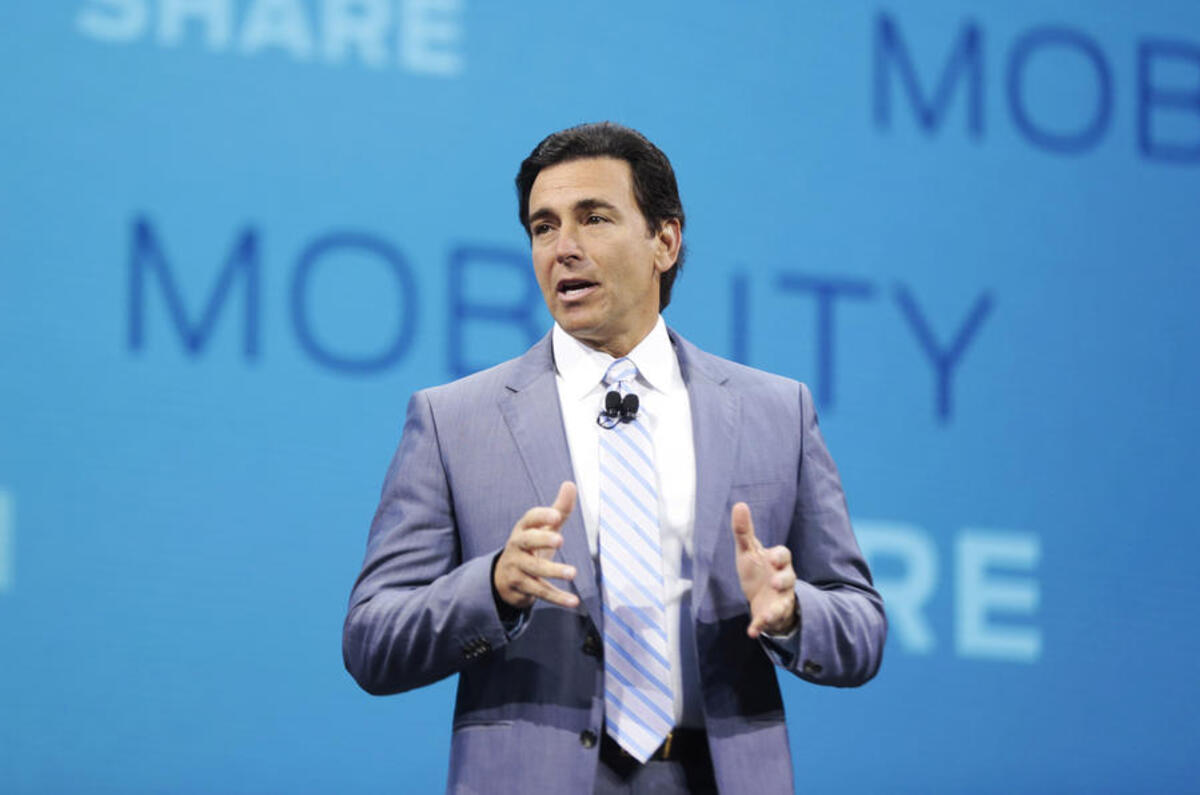Ford is overhauling its management and product planning to accelerate the arrival of new models – such as a Nissan Qashqai rival – and self-driving technology after the surprise departure of CEO Mark Fields.
Jim Hackett, Fields’ replacement, joined the Ford management board four years ago. He is said to be refocusing the top management ‘Business Plan Review’ (BPR) meeting towards future product and strategy rather than weekly problem solving.
Together with a senior management overhaul and a clearer focus on communicating technology developments, Hackett will try to arrest Ford’s 40% share price decline, which prompted the end of Fields’ three-year reign as CEO, despite Ford forecasting profits this year of $9 billion (£6.95bn).
“You have to look at the share price as the main driving force in this decision,” a source told Autocar. Fields is also said to have, in the eyes of the board, lost focus on the current business while attempting to turn Ford into a ‘mobility services’ company.
Why Ford's ex-CEO Fields wasn’t the man for the job
The Hackett-led shakeup will put Ford of Europe president Jim Farley in charge of all selling activities as the new head of global markets. The president of Ford’s operations in the Americas, Joe Hinrichs, will take control of product development and manufacturing. Raj Nair will move from chief engineer to become president of Ford North America and Hau ThaiTang, who was chief engineer on the 2005 Ford Mustang, will lead global product development and purchasing. Ford of Europe COO Steven Armstrong will take over Farley’s former position.
Hackett’s move to overhaul its top management BPR meeting will change the focus of one of the major advances in the Fields/Alan Mulally era, which has been credited with pulling Ford’s departmental silos into a common direction.
Significantly, it will free Ford’s top managers to concentrate on introducing self-driving technology, electrification and new revenue streams from mobility services alongside new model launches.
Day-to-day operations, it is understood, will be handled by a secondary organisational set-up.
There are no plans for Ford to follow General Motors and sell off its European arm because the division is now a valuable asset. After years in the doldrums, it has been making profits since 2015. It also engineers powertrains, platforms and models that are sold globally. “Selling Ford of Europe is not going to happen,” a source told Autocar.





Join the debate
Add your comment
Apart from The Fiesta I'm not sure Ford makes any 'great' cars
The Mondeo has become a bloated yank-tank.
The Ka and Ka plus are ugly characterless blobs.
The Eco thing is a pile of junk.
Transit vans are unreliable and flimsy.
The Kuga is too big and expensive.
Shame. Ford can and still could make world beating cars again.
Case of mistaken identity?
Ford sadly now on path to bankruptcy...
I worked for FoE some years ago and IMHO they were never that good at strategic marketing then, seems that little has improved here.
Ford's blinkered approach to One Ford will see them possibly only survive long term in the US. What happened to segmenting the worldwide market opportunity, by customer type and preferences, cultural/economic emergence and ability to buy at target price bands, and geography.
You only need to look at Honda who largely have the same policy, most if not all recent product decisions have been USA centric and as a result Honda are pretty much no where in Europe as a market, OK in Japan and probably are or about to get eaten alive by current Korean and emerging Chinese brands across Asia Pacific, South America and Africa. When the American market next cycles round again to a downturn, seemingly both Ford and Honda and now GM are potentially seriously exposed.
Product planning and finance led businesses litter the wayside around the world, only market led and properly segmented customer centric thinking brands survive, provided they have the will and ability to compete and give their prospective customer types "competitive stand- up" products to buy.
Ford, you are not selling soap, so what ever happened to "think global - act local" ?
Maybe the changes coming to the Eco Sport will prove that One Ford is a dead duck and One "Market Segmented Centric" Ford is a better bet.